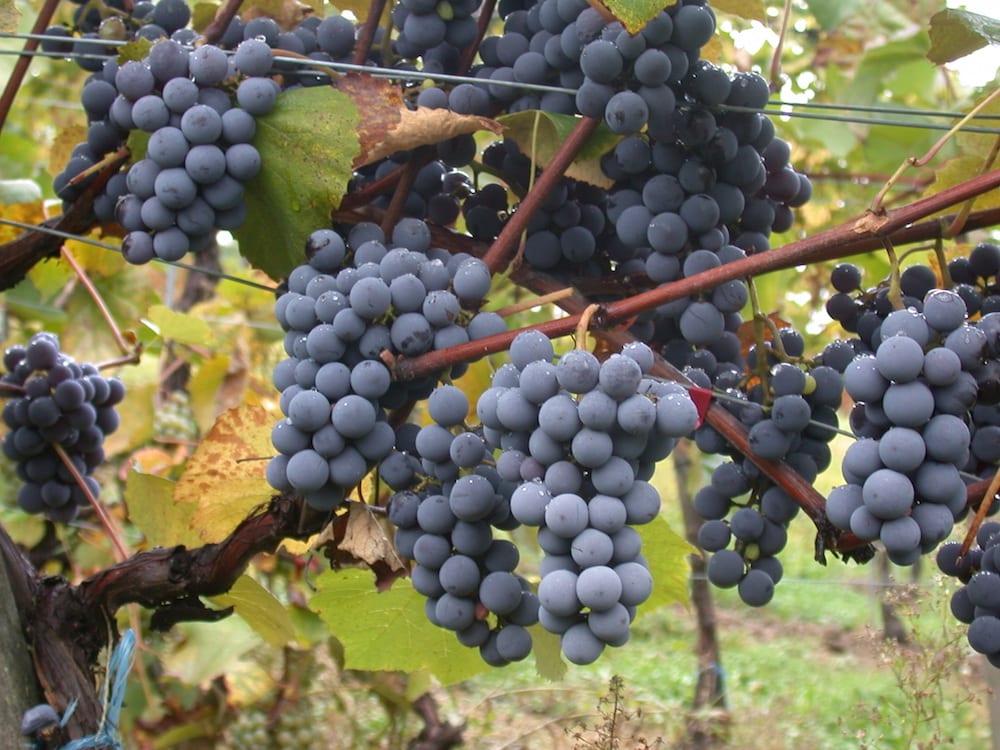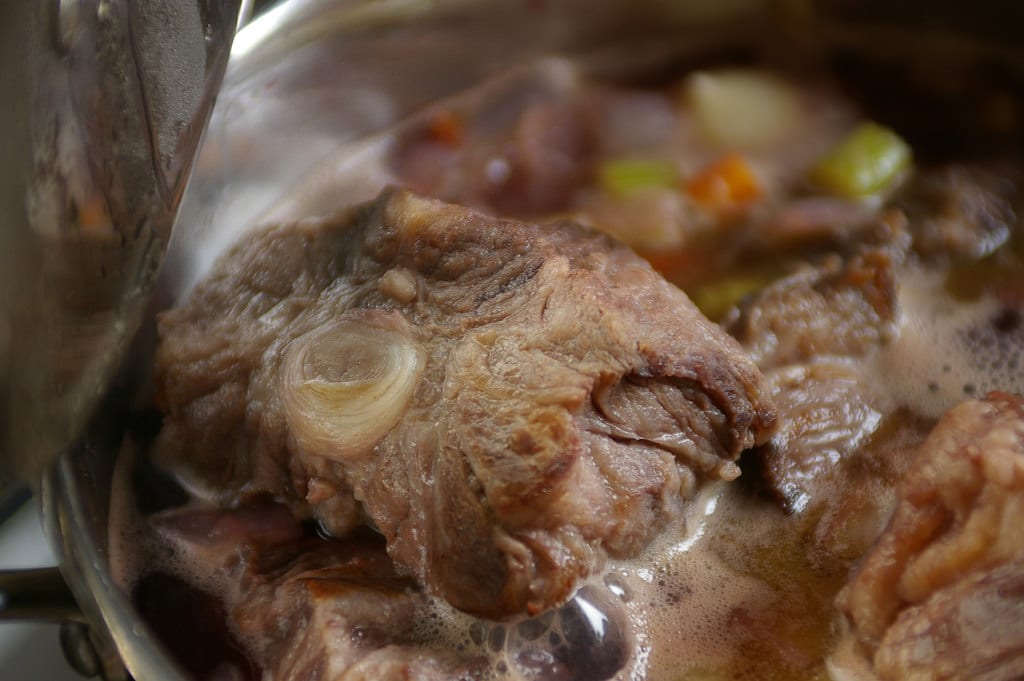Share this!
Explore Pinotage, South Africa's Signature Wine
We’re here to talk about Pinotage, South Africa’s signature variety of wine. Pinotage is a cross fertilization in 1925 by Professor Abraham Perold between the Cinsaut grape from southern France also referred to as ‘hermitage’ and Pinot Noir grape, which resulted in the Pinotage grape, thereby birthing the South African signature wine.
Although the intention of the crossbreeding is still a thing of controversy, Pinotage is undeniably unique and has come to stay. Boasting flavors of blackberry, black cherry, blueberry, watermelon, smoke, baking spice, mocha, black pepper, bell pepper and cheesy or farmyard funk with the controversial rubbery hint that causes dislike to some. It has an aroma wheel designed by the Pinotage wine association that shows the fruity, spicy, floral and herbaceous options of aromas.
Agriculturally speaking, Pinotage is easy to grow and from the third year, the vines start yielding grapes for decades. It has high tannin content and low acidity, which is attributed to the fact that, the percentage of the Cinsaut is higher than the Pinot Noir in this hybrid grape. Most popular wineries are located in Paarl, Western Cape, Wellington, Constantia and Stellenbosch in South Africa. This unique red variety grape is grown in all regions of South Africa. But the best tasting wine is said to be from the free standing bush vines.
Pinotage wine, like other red grape variety wine is made from the pulp of grapes. Fermentation occurs with the grape skins after the addition of the yeast, giving the red or black pigmentation of the wine. The bitter tastes of Pinotage, as a result of the tar and tobacco flavor or acetone-like flavor as many call it, can be attributed to too much heat during the fermentation process, making it less appealing to the American palate and reducing its market value for exportation. However, Pinotage began to grow in global popularity after the removal of South Africa’s corrupt Apartheid system. With its removal, Pinotage was free of any international boycotts and began to be traded and sold globally.
In the early days of Pinotage, wines were heavily oaked to temper the sweetness, but now less oak is used. Different experimentation with the timing of maturation is used to create varying notes of taste, allowing it to appeal to a broader spectrum of the human palate.
The not-so-successful history of the Pinotage wine almost resulted in total abandonment in the 1980s, because winemakers could not figure out how to make Pinotage both popular and successful. However, Beyers Truter of Kanonkop Estate was successful in masking the less appealing elements and tastes and enhancing the positive notes of the wine with good pairings and other flavors. Other wine makers chose the route of blending their Pinotage with other varieties of wine, most commonly the Bordeaux variety, resulting in what is known as the”Cape Blend”. Typically, Pinotage makes up 30% of these blends.
At its highest in 2001, Pinotage grapes was grown in 7.5% of the total vineyard area in South Africa, but has dropped to about 6% in recent times. Well-made Pinotage wines range considerably in style, from easy-drinking table wines to dense, concentrated wines that have some aging abilities. Pinotage is best stored between 10º and 16ºC, and best served between 16º and 18ºC. Top producers of excellent Pinotage wine include Kanonkop, KWV, Fairview, Beyerskloof, Clos Malverne, Anura, Altydgedagt, Kaapzicht, L’Avenir, Stellenzicht and Spier.
Pinotage can go well with any type of food as Pinotage lovers’ claim; however, it pairs well with certain entrees. A medium-bodied Pinotage, for example, goes considerably well with fresh fish, sushi, and thick soups. A heavy-bodied Pinotage goes well with red meat, venison, barbecued dishes, and oysters. (1) Other pairing includes spicy pepperoni pizza, braised eggplant with garlic and the South African oxtail stew.
Since Pinotage is native to South Africa, it would only be fitting to show how this special wine completes a South African oxtail stew as an ingredient. The oxtail stew is also called “potjiekos” by the locals.
SOURCES:







